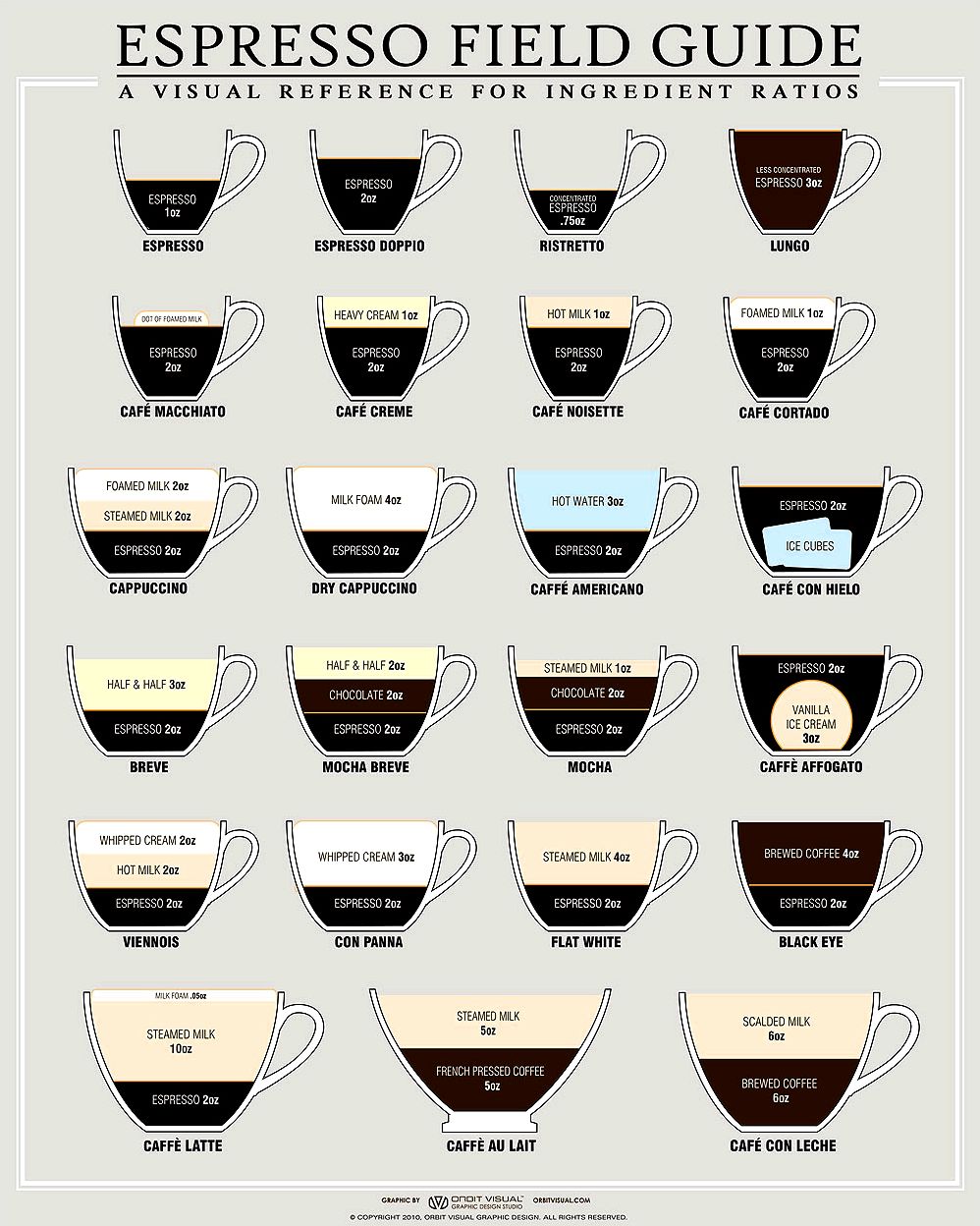Navigation article:

How you can Brew the good things
Only a couple of easy steps are all that you should brew the right cup of joe:
-
Buy: Buy coffee entirely bean form when you are able and it within an airtight container. Purchasing a one-week supply is good. Contrary to public opinion, espresso beans and grounds ought to be kept in an airtight container at 70 degrees to keep their finest flavor. (Go on and save individuals beans in the freezer we won’t look.)
-
Prepare: To brew coffee, use freshwater free from any odd tastes or odors. It’s 98% of each and every mug of coffee, you realize!
-
Grind: Ideally, grind your espresso beans right before brewing. (If you are using pre-ground, that’s okay, too. We all know what it’s enjoy being busy!) The faster your brew cycle, the finer you need to grind the beans. A great guideline is by using an excellent grind (20–25 seconds inside a blade grinder) for vacuum containers and something-cup cones, a drip grind (just a few seconds) for many drip brewers along with a coarse grind (ten seconds) for plunger containers and cold water extractors.
-
Brew: Use a couple of tablespoons ground coffee for every ¾ cup water that’ll be put through them, regardless of how much you’re brewing.
-
Serve: To find the best flavor, drink coffee within about half an hour of brewing.

Blending Over Backwards
Unblended single origin coffees have strong, individual characteristics and exciting flavors. But are you aware that they’re also the inspiration that coffee blends are created? Appreciating the initial flavors of single origins is essential to selecting a blend to fit your taste.
Bear in mind that coffee originates from three fundamental regions:
-
South America — flavors are clean, vibrant and mild
-
African and Arabian — flavors are fruity, winey and exotic
-
The Off-shore — flavors are earthy, smooth and savory
If you are just understanding coffee, do this 2-step exercise on for size:
-
Buy a number of pure, unblended “single origin” coffees and check out on them, say, per week. Write down the initial flavors that you simply style of each one of these.
-
Tell our Team People which single origin coffees you want best, then allow them to assist you to pick blends that complement the flavors you’re most keen on. Not necessarily a bad method to personalize your morning cup, huh?
Roasting Done Correctly
Regrettably, the terminology for roasting coffee could be confusing. Don’t blame us, though—there just aren’t standardized terms inside the trade. Quite simply, one company’s French roast could be another’s espresso.
Here’s a fast list to provide you with the fundamentals, normally the terminology you could rely on seeing within our stores. Consider this as the pocket dictionary for coffee:
-
Full City (light): If you feel it has something related to taxis and skyscrapers, reconsider. This term marks coffee that’s deep chestnut brown and it has maximum varietal flavor and aroma.
-
Vienna (medium): This coffee is deep brown and it has an active acidity. Sadly, it doesn’t imply that it’s offered with apple strudel.
-
Espresso (medium-dark): These things are serious. Coffee with this particular name is deep although not dark. Basically, it’s to full city exactly what a fine vintage port would be to a glass of dark wine. Look just for a trace of acidity and subtle varietal nuances.
-
French Roast (dark): This well-loved coffee’s varietal flavors have shed and been substituted for the smoky power the roasting process. The outcomes are intense and spicy, but nonetheless light.
-
Extra Dark French (dark): This is actually the big father of dark roasts. Effective and smoky by having an almost black appearance, this really is a measure from incineration! Even though this coffee pushes the boundaries of carbonization, many people love its peat moss-like character.
Coffee Talk: How you can Seem Just like a Pro
Much like wine, coffee features its own distinct lingo. Next time you’re sipping the java, keep these gems in your mind:
-
Acidity: Also known as “brightness”, this really is really an optimistic term that refers back to the lively, sparkling, palate-cleansing quality in coffees grown at high altitudes.
-
Body: This term can be used to explain the load of coffee in your tongue. For that record, Latin American coffees are usually light-to-medium bodied, while Indonesians are usually maximum in body.
-
Flavor: Make use of this to explain the entire impression of aroma, acidity and the body in coffee. Much like wine, flavors could be from spice and fruit to nut and chocolate.
-
Aroma: This is actually the easy one it’s the scent of made coffee. Frequently distinctive and sophisticated, you may hear coffee pros use terms like caramel, carbon (for dark roasts), floral, malt (like cereal), wealthy or round to explain aromas.
Resourse: http://wholefoodsmarket.com/department/article/
